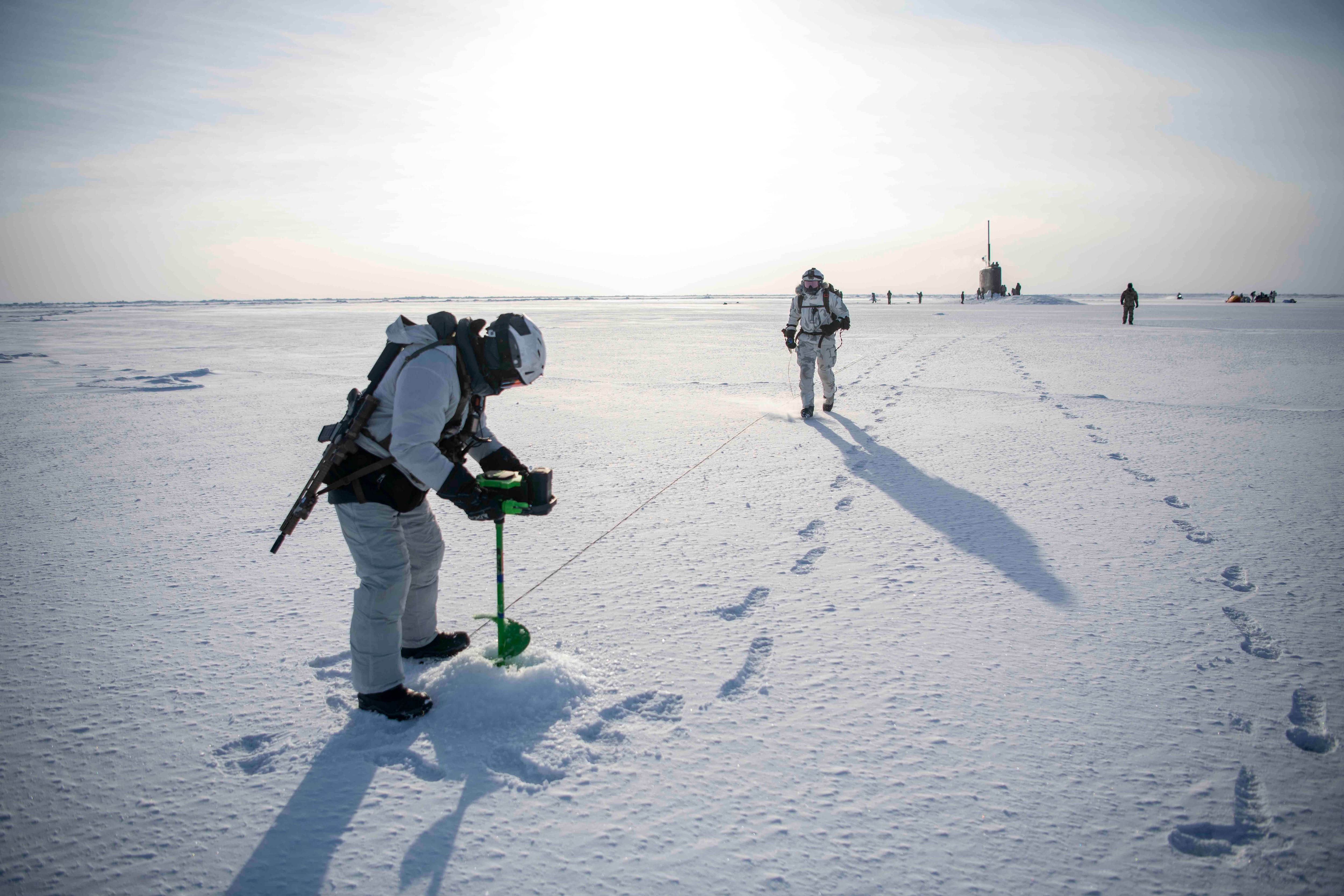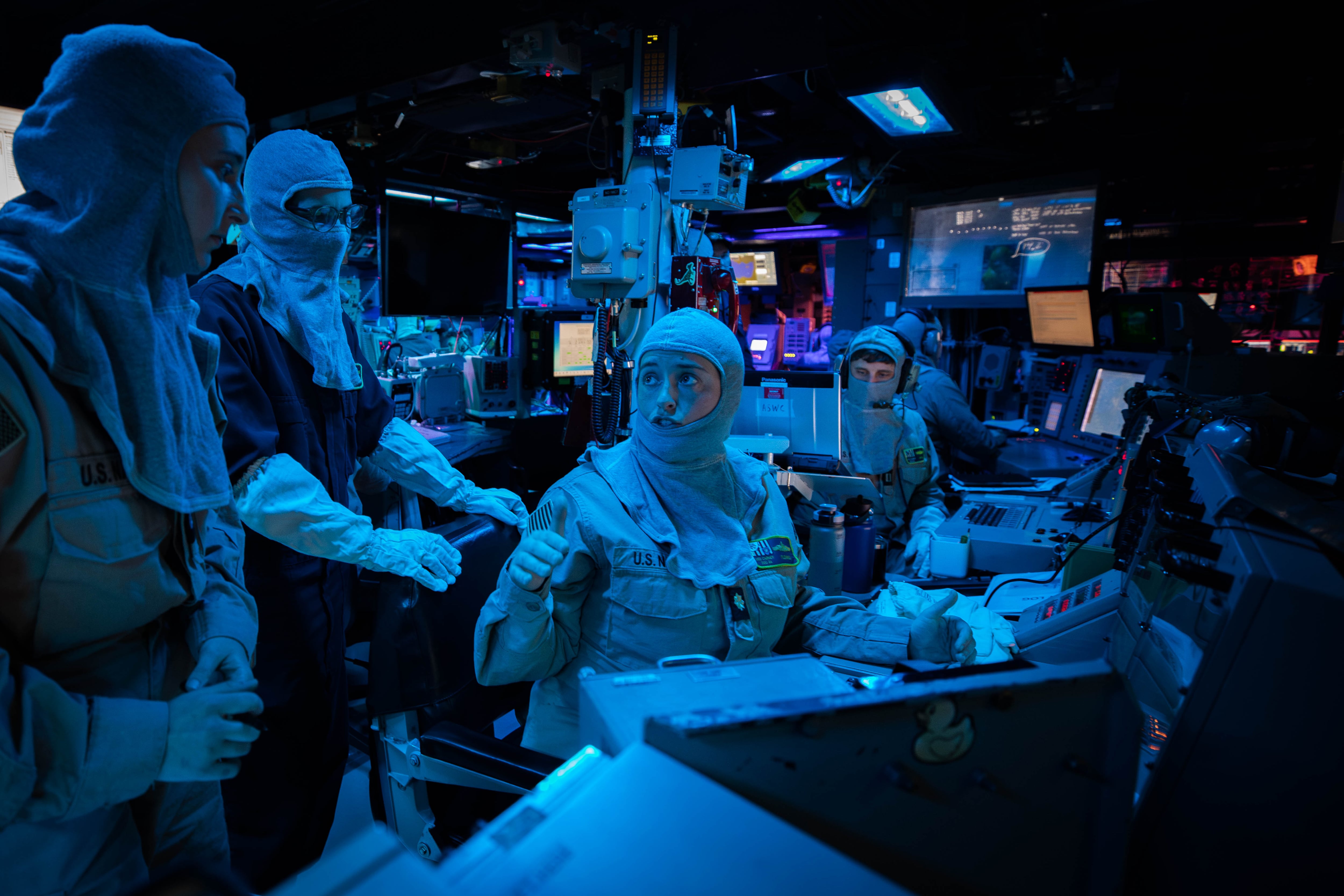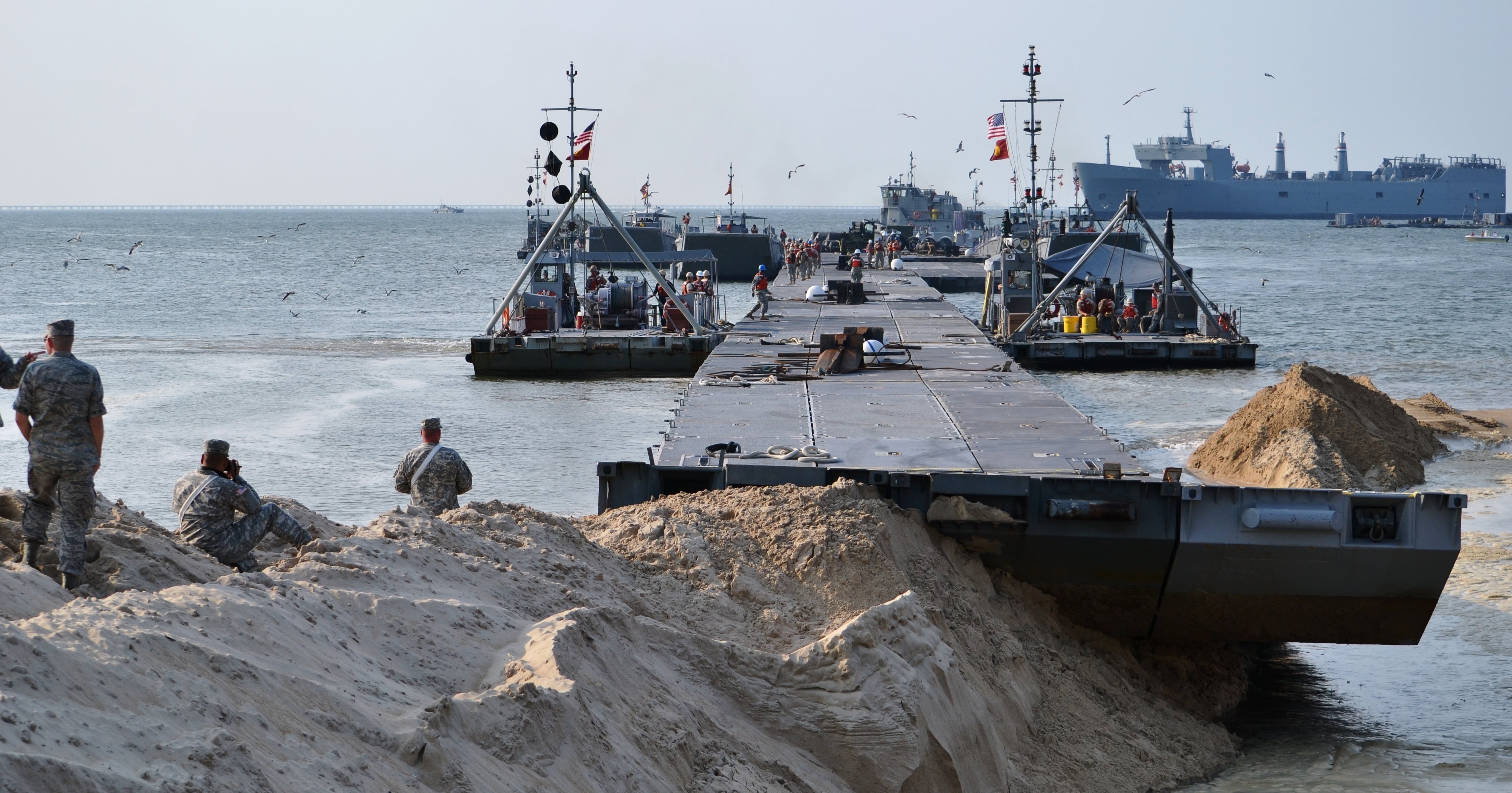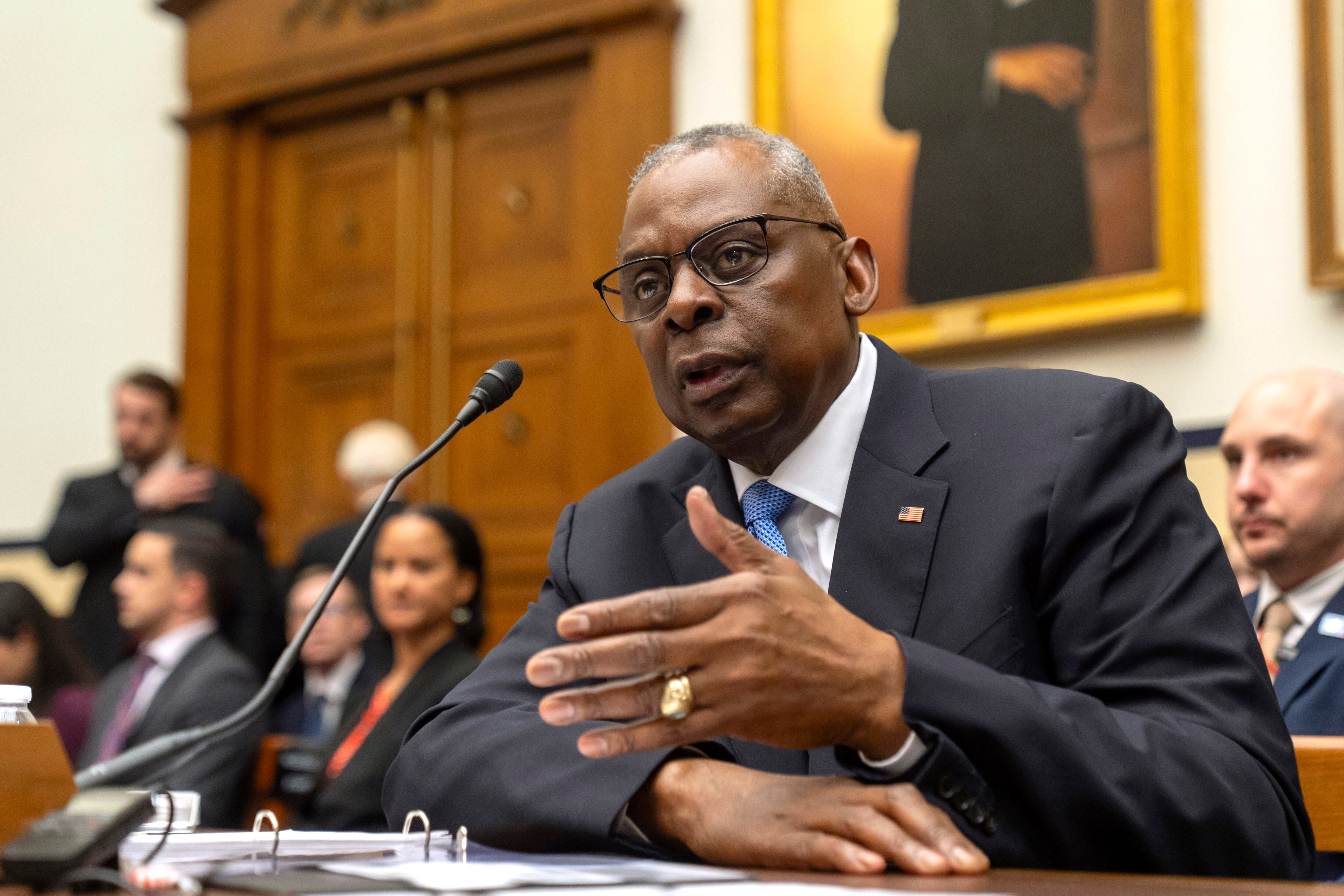WASHINGTON — Now that U.S. military commanders have increased the number of troops in Afghanistan, they’re hopeful that NATO officials will follow suit in the months to come.
But they’re still withholding some details about how many forces they hope to have there, and how many have already arrived.
Defense Secretary James Mattis said he expects to get a commitment from coalition partners soon to add several thousand more fighters to the Afghanistan mission, likely after his scheduled meeting with security officials in November.
“I am confident we will see additional troops in there,” he told members of the Senate Armed Services Committee on Tuesday. When asked whether those other countries remain committed to the fight, he noted that “if anything, they are more vulnerable to (terrorism) than the United States.”
Saturday marks the 16-year anniversary of the start of the war in Afghanistan, a conflict that has seen as many as 100,000-plus U.S. service members deployed to the Asian war zone.
Those numbers dwindled down to fewer than 10,000 American troops by the end of President Barack Obama’s term in office, but have risen in recent months with President Donald Trump’s new strategy for the region.
Mattis told senators that about 11,000 U.S. troops are now deployed in Afghanistan, with about 6,800 NATO forces serving alongside them. He acknowledged both figures are general estimates, in keeping with the new administration’s decision to provide less detail on personnel movements and strength.
That approach drew a divided response from lawmakers, who have pushed for more transparency on the new strategy with Congress.
Several Democrats on the committee said that openness needs to extend to the public, too. Sen. Kristen Gillibrand, D-N.Y., called the move detrimental to the war effort.
“I’ve very concerned the American people cannot make good decisions about our continued investment in this 16-year conflict,” she said. “Do I have your commitment to be honest with the American people about the numbers of troops we’re sending over and what their missions will be?”
Mattis responded with a no.
“In talking with the American people, we will tell them we’re adding troops, we’ll give approximate numbers, we’re not hiding this,” he said. “But I’d rather not say the specific capabilities or numbers or locations on the battlefield where they are going.”
The Obama administration frequently spoke in greater detail about troop totals in Afghanistan, though not locations and individual unit specifics. Still, several Republicans on the committee praised the defense secretary’s statements as a positive change in philosophy, accusing the previous president of offering too much information publicly.
That was also a key talking point for Trump on the campaign trail, who repeatedly promised not to reveal too much about military movements and strategies.
Mattis promised to be “honest with this committee in private at any time” about those types of details. But Chairman John McCain, R-Ariz., attacked Pentagon officials earlier in the hearing for failing to better communicate those strategy changes since Trump’s announcement of them in August.
“We want to be your partners. But this committee will not be a rubber stamp for any policy or president,” he said. “We must be well-informed. We must be convinced of the merits of the administration’s actions. And unfortunately, we still have far more questions than answers about this new strategy.”
Mattis said he believes the additional troops — both the U.S. forces already deploying to Afghanistan and the anticipated NATO forces coming later this year — will help turn the fighting in Afghanistan from a stalemate to gradual victory for the Afghanistan government, by giving local security forces more training and more support to push Taliban fighters out of territories they currently hold.
Leo covers Congress, Veterans Affairs and the White House for Military Times. He has covered Washington, D.C. since 2004, focusing on military personnel and veterans policies. His work has earned numerous honors, including a 2009 Polk award, a 2010 National Headliner Award, the IAVA Leadership in Journalism award and the VFW News Media award.










